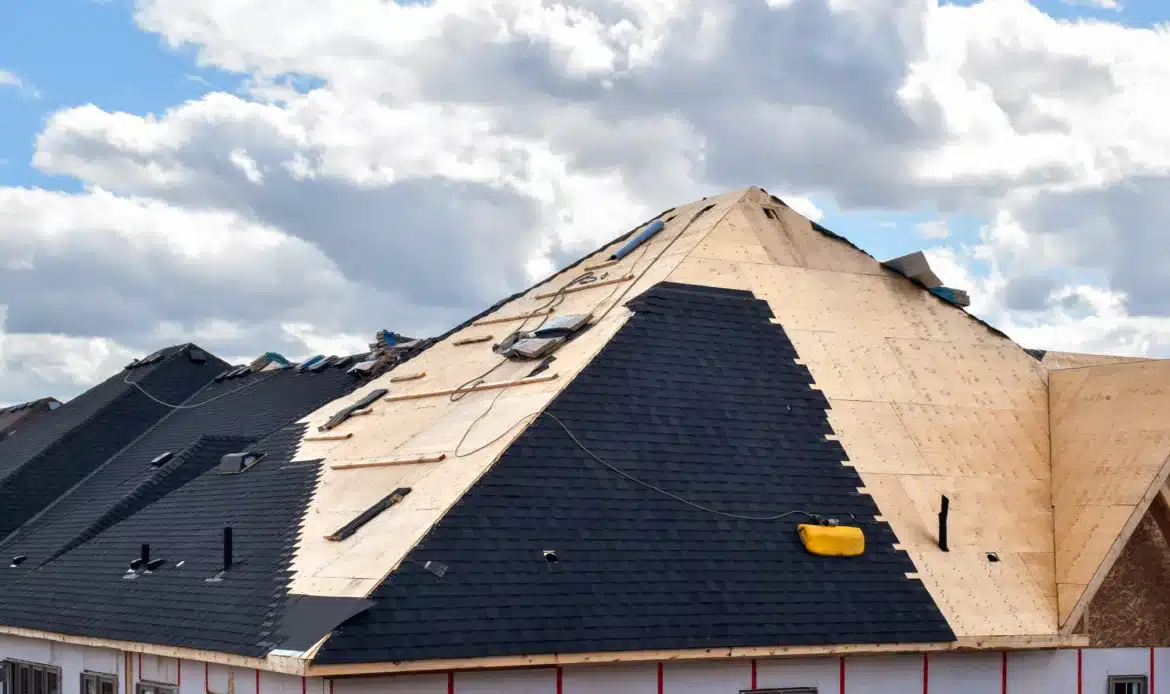When it’s time to repair or replace your roof, one of the first steps is obtaining an estimate. Roofing estimates are essential for budgeting, comparing contractors, and understanding what your project entails. However, many homeowners wonder, “How accurate are these roof estimates?” The truth is, while contractors aim for precision, several factors can influence the final cost. Let’s break down the key elements affecting the accuracy of roof estimates and how you can ensure a smoother roofing process.
1. The Initial Roof Inspection
A thorough roof inspection is the foundation of any accurate estimate. During this step, contractors assess:
- The condition of the existing roof
- Signs of damage, such as leaks, rot, or missing shingles
- The underlying structure, including decking and supports
While experienced contractors aim to uncover all potential issues upfront, some problems may not be visible until the old roof is removed. These hidden issues can lead to unexpected costs.
2. Materials and Their Variability
The type of materials you choose plays a significant role in cost accuracy. Options like asphalt shingles, metal roofing, or clay tiles come with varying price points. Additionally:
- Material quality: Premium materials increase costs but offer greater durability.
- Market fluctuations: Prices for roofing materials can change due to supply chain issues or seasonal demand.
Choosing materials early and discussing potential price variations with your contractor can help manage expectations.
3. Roof Complexity and Size
The size and design of your roof significantly impact estimate accuracy. Larger roofs require more materials and labor, while complex designs (e.g., steep pitches, multiple angles, dormers) take more time and effort to complete. A straightforward roof will generally result in a more accurate estimate than one with intricate architectural features.
4. Regional and Seasonal Factors
Your location and the timing of your roofing project also influence costs. For instance:
- Labor rates: Wages and contractor availability vary by region.
- Weather conditions: Working during extreme temperatures or rainy seasons may require additional precautions, affecting labor and timelines.
5. Permits and Local Regulations
Roofing projects often require permits, and local building codes may mandate specific materials or installation methods. Failing to account for these can lead to additional fees. Ensure your contractor includes permits and compliance requirements in the estimate.
6. Unexpected Challenges
Sometimes, unforeseen challenges arise during the project, such as:
- Rotted decking that needs replacing
- Pest infestations in the roofing structure
- Additional ventilation requirements
While these issues are impossible to predict fully, working with a reputable contractor who prepares for contingencies can minimize surprises.
Tips for Getting the Most Accurate Roof Estimate
- Work with trusted contractors: Choose roofing professionals with strong reputations and verified reviews.
- Be specific about your needs: Clearly communicate your material preferences, project scope, and budget.
- Read the fine print: Ensure the estimate includes all potential costs, from labor and materials to permits and cleanup.




